In his introduction to the virtual crowd viewing the world premiere of his latest work, co-writer and director Shaka King said of Judas and the Black Messiah that it was both inspirational yet tragic. These words not only describe the film but the lives of the two central characters Fred Hampton and William O’Neill. Now over fifty years after the assassination of Hampton, Judas serves as a reminder of how our past and our present are all-too-similar, tentpoled by two elite-level performances from Daniel Kaluuya and LaKeith Stanfield.
We first meet O’Neill as a small-time crook with a hair-brained scheme of stealing cars posing as an FBI agent. When asked why he thought this was a good idea, his reasoning was anyone can show up with a gun, but a badge makes a world of difference. This begins our interaction between O’Neill and real Agent Roy Mitchell (Jesse Plemons) and Mitchell giving O’Neill an ultimatum: serve six-and-a-half years in jail for grand theft auto and impersonating a federal agent or become an informant. Enter Fred Hampton, giving a rousing speech to young Panther hopefuls on how war is politics with bloodshed and how politics is war without bloodshed. At first, the relationship between Hampton and O’Neill is adversarial, but over time (and with a little assistance from a new car given to O’Neill by Mitchell), O’Neill becomes one of Hampton’s closest confidants, with O’Neill rising to the ranks to become security captain after Hampton is imprisoned.
We are given two of the most powerful scenes in the entire movie from both sides of this “war”. One sees Mitchell having a tense interaction with J. Edgar Hoover (played with grizzled aplomb by Martin Sheen) first asking about Mitchell’s family and his young newborn daughter, then asking Mitchell what he would do if his daughter brought an American-American home. Stupified, Mitchell can’t come up with an answer, while Hoover tells him that the war on the Panthers (and in turn, African-Americans in general) is no different than when Mitchell served in Korea, and to do anything to protect his family. Then, once Hampton is set free, and returns to his beloved headquarters that was just burned down by police and rebuilt with the help of his community. From there, in front of a rousing crowd of Rainbow Coalition members at a local church, Hampton screams to the rafters that they are a revolutionary, and how you can kill a freedom fighter but you can’t feel freedom. While all this is happening, locking eyes is the men who would later seal Hampton’s fate, O’Neill in the front with his fist held high, and Mitchell incognito sitting in the crowd.
There is much awards talk circling around this film and rightfully so, with several potential nominations going to Stanfield and Kaluuya, as well as Dominique Fishback as Deborah Johnson, the mother of Hampton’s son Fred, Jr, as well as for the costume design and Best Picture. Both Kaluuya and Stanfield show why they are two of the brightest up-and-coming actors of our generation, and if one or both do get Oscar’s attention then it would be rightfully so. Overall, Judas and the Black Messiah may have been a late addition to the Sundance festivities, but its timing couldn’t be more impeccable.
Grade: A
Judas and the Black Messiah will be released in theaters and streaming on HBOMax on February 12th.
Sean is a movie blogger and frequent contributor to Mad About Movies. His website can be found at moviebirb.com.

